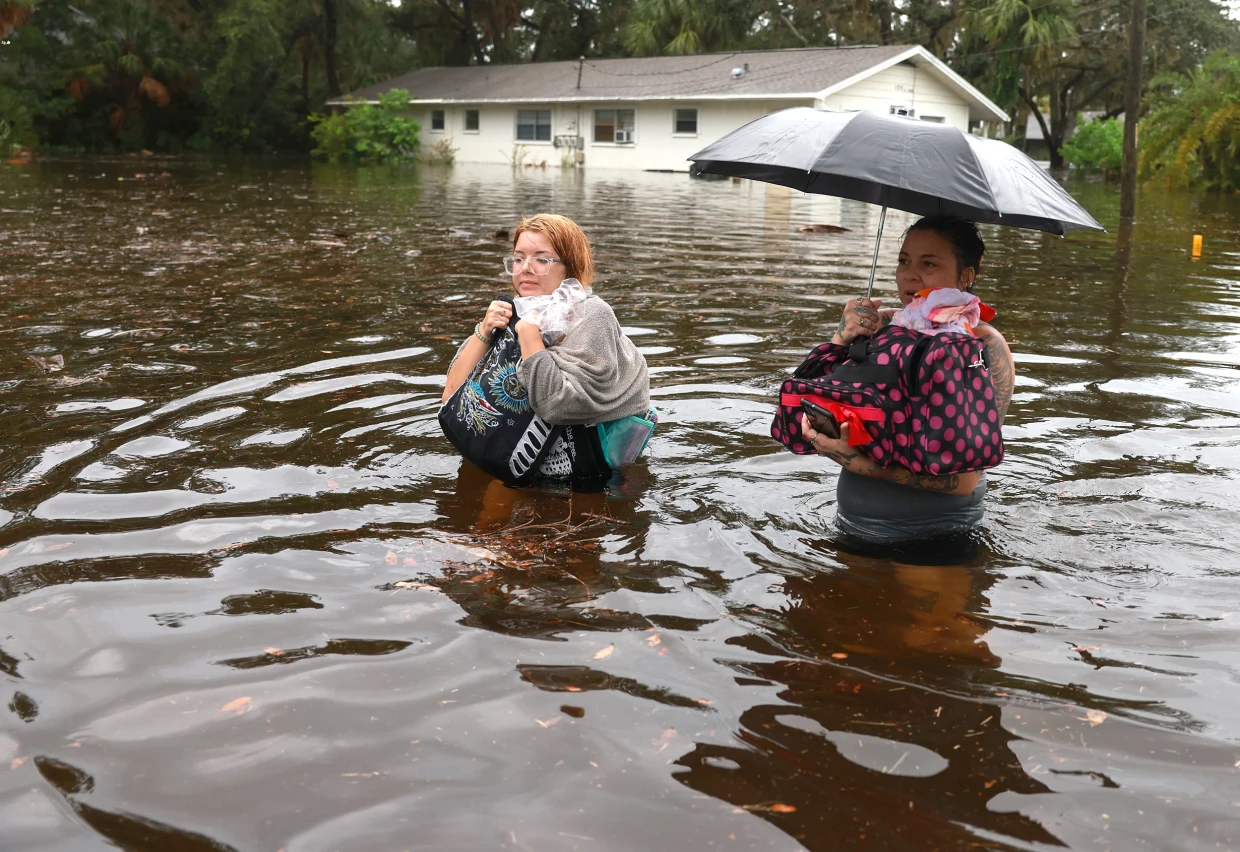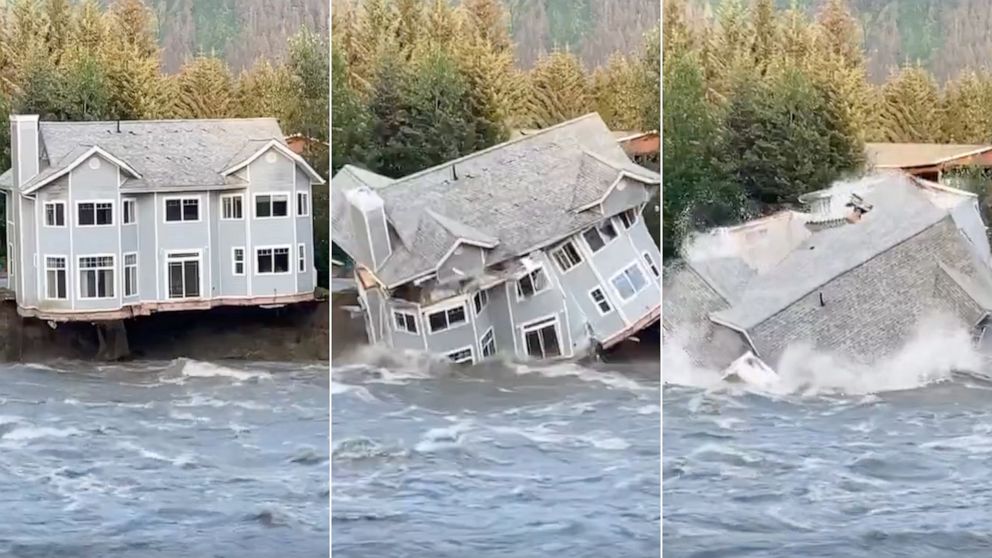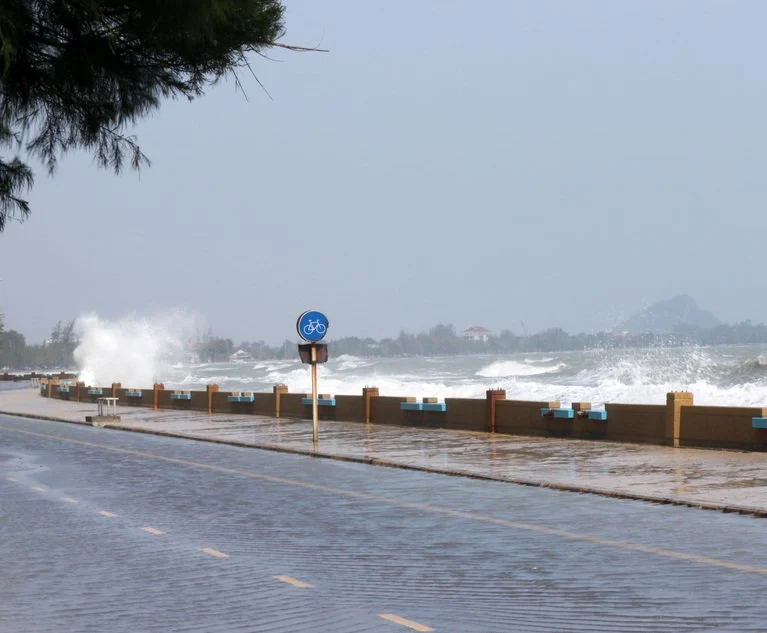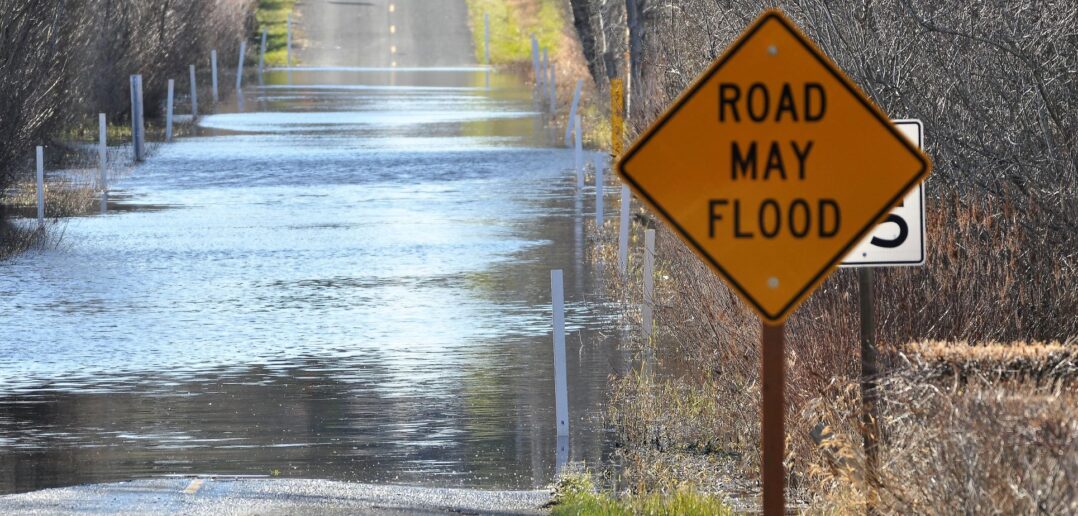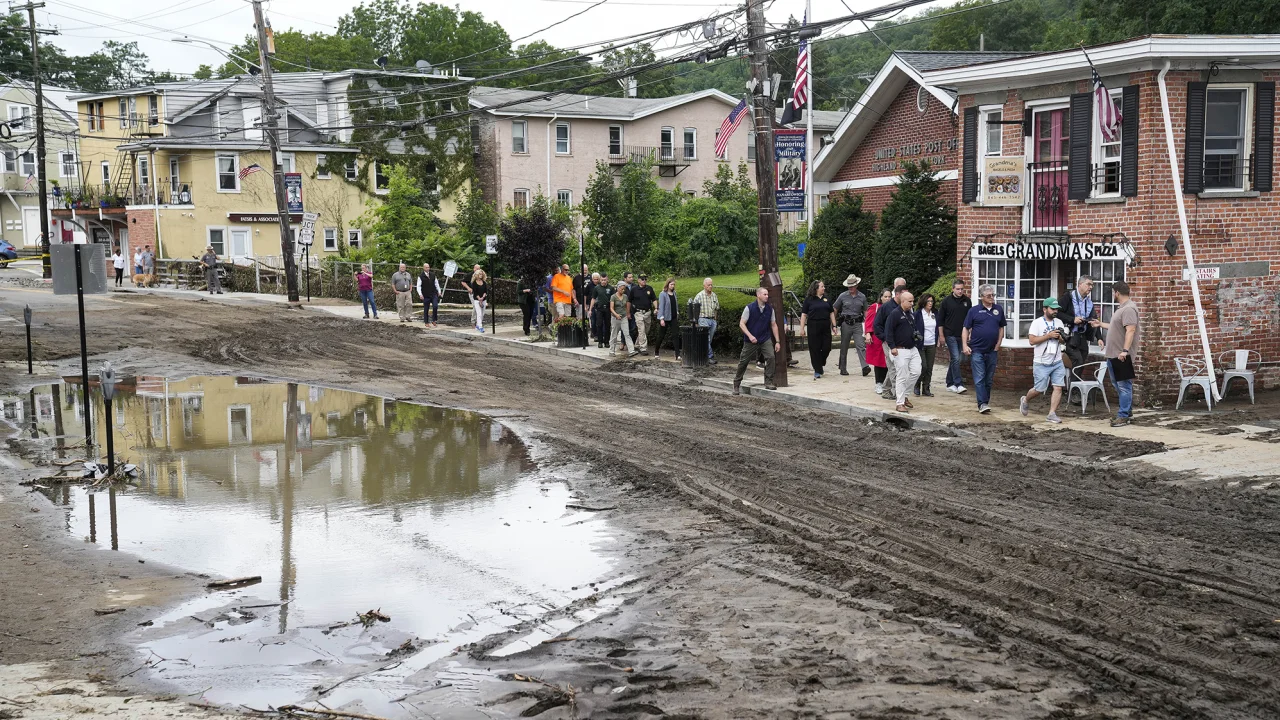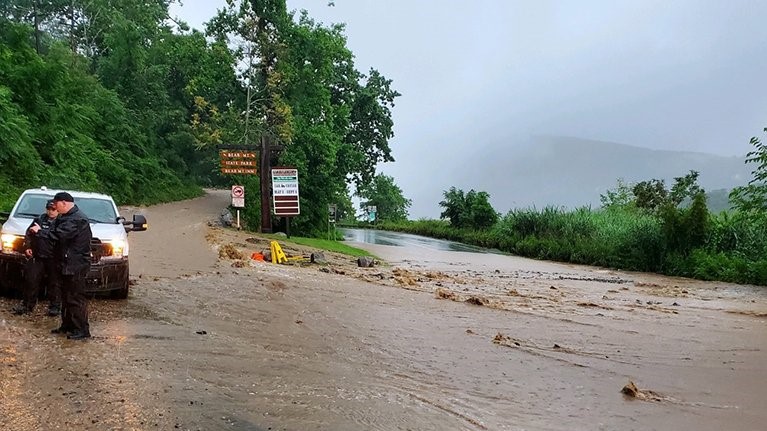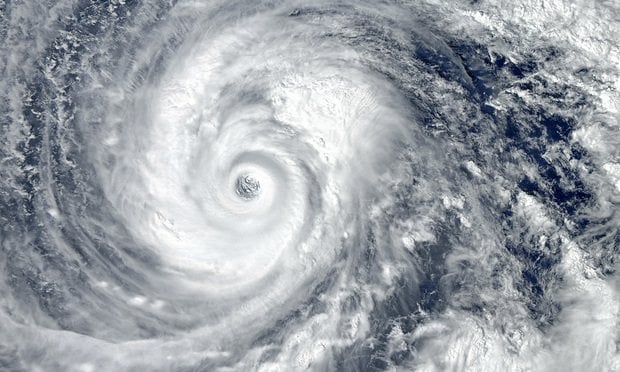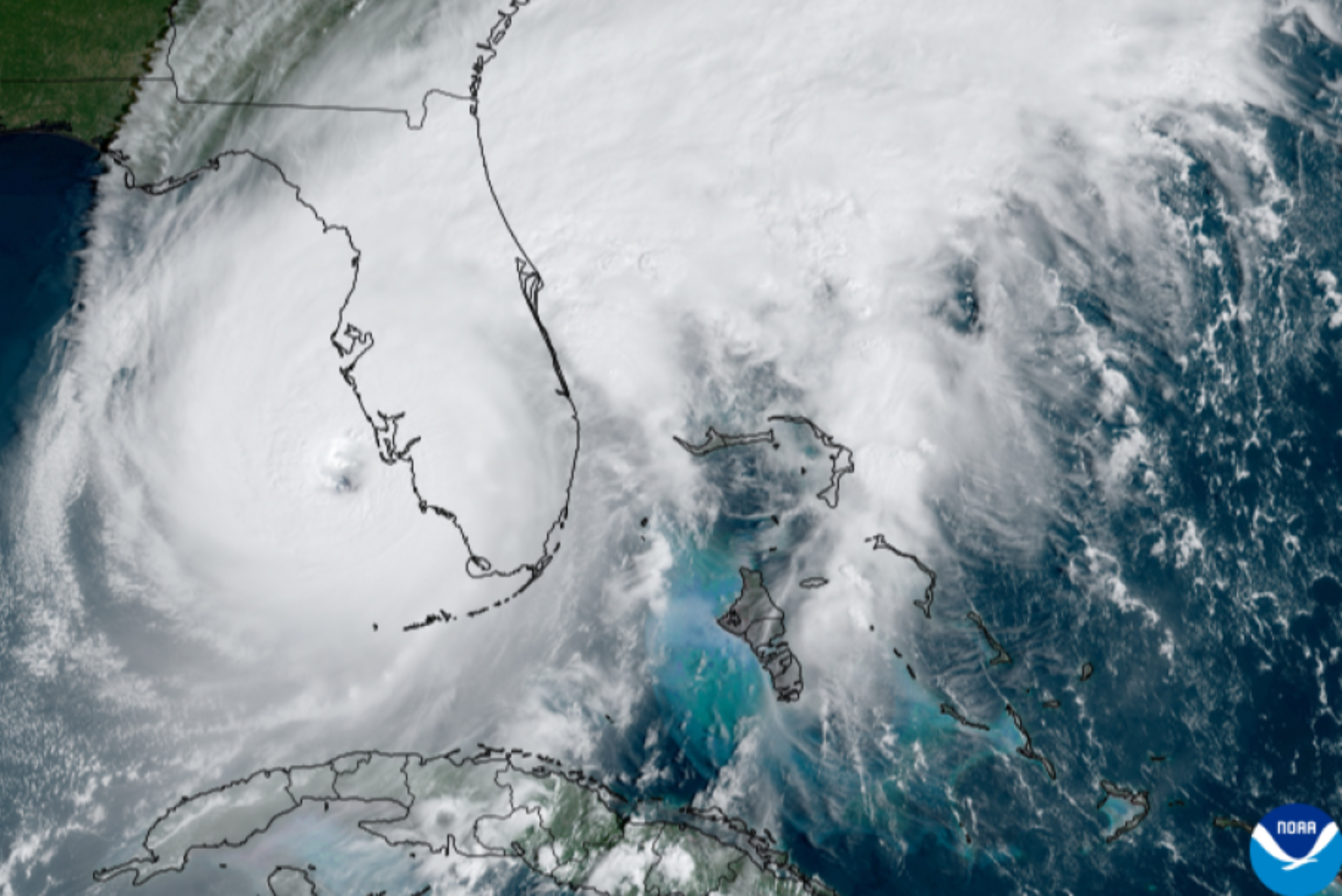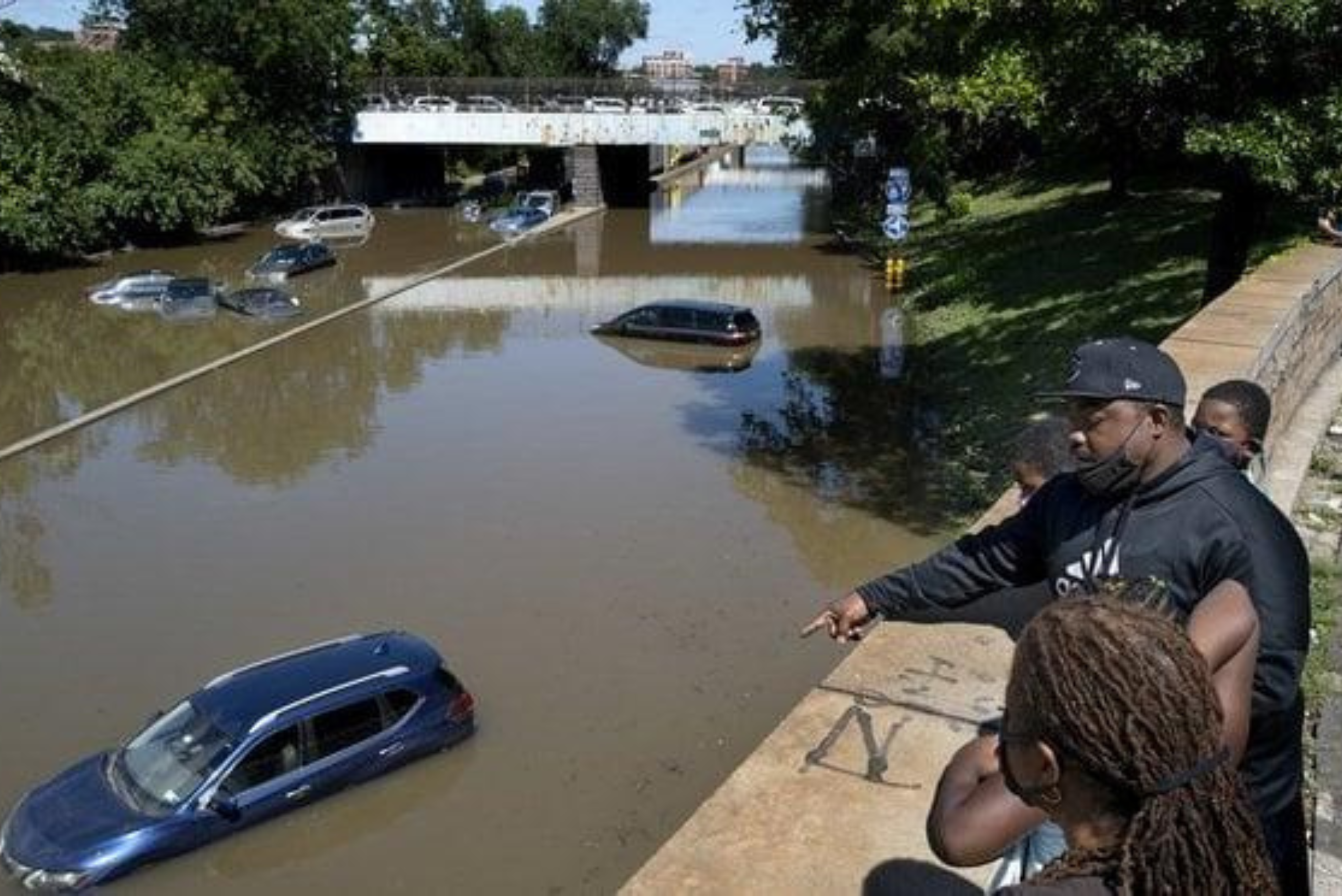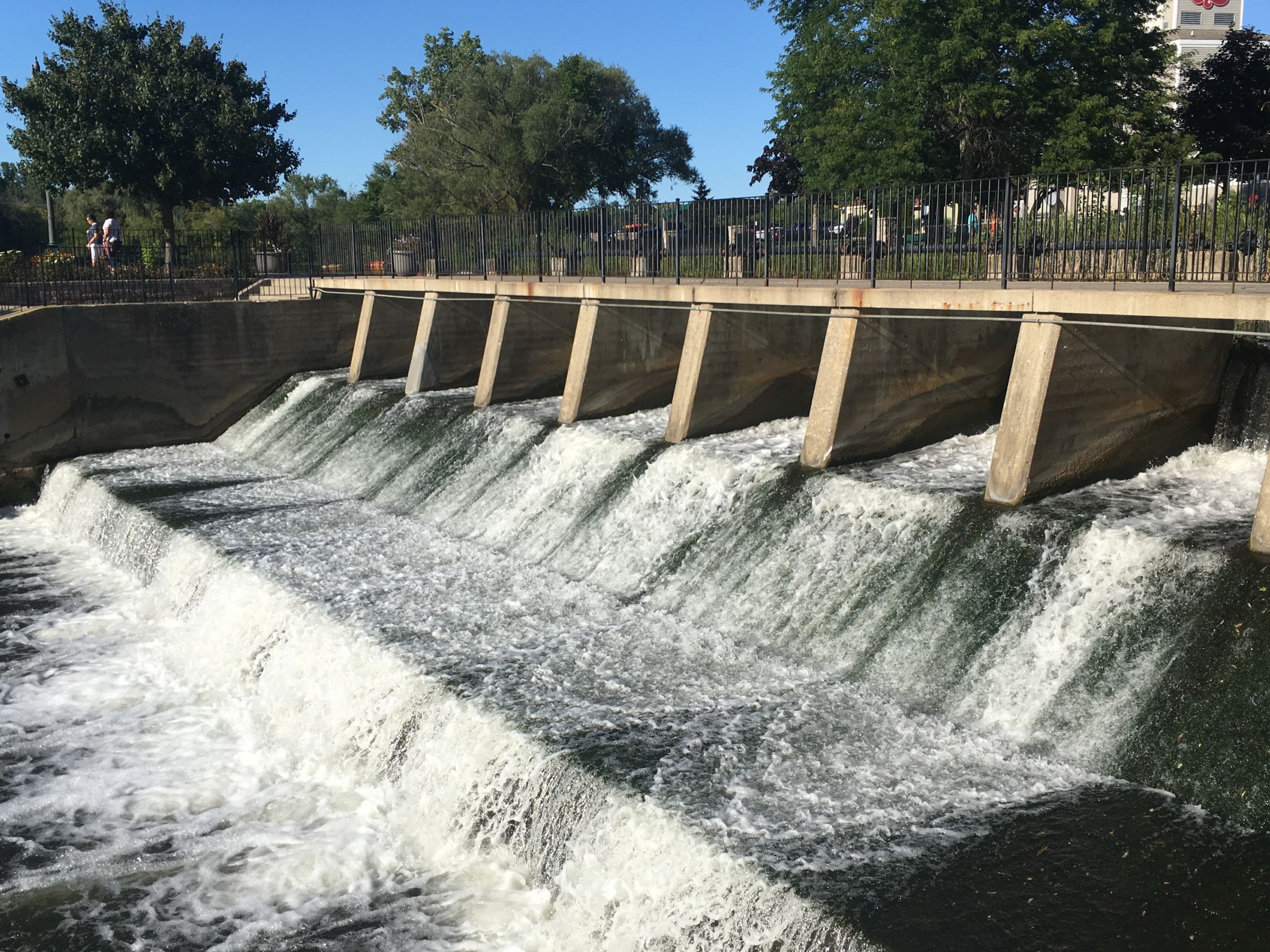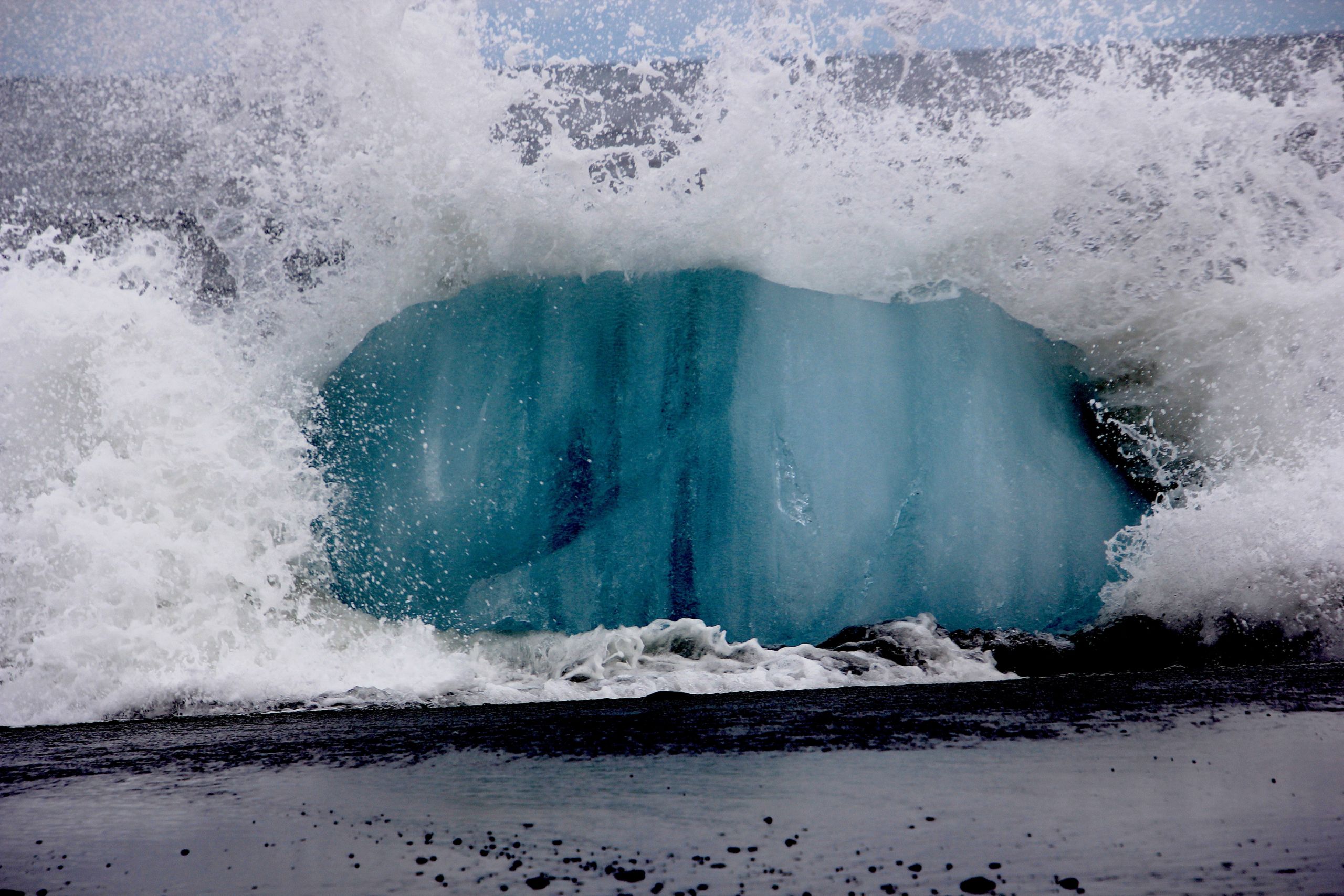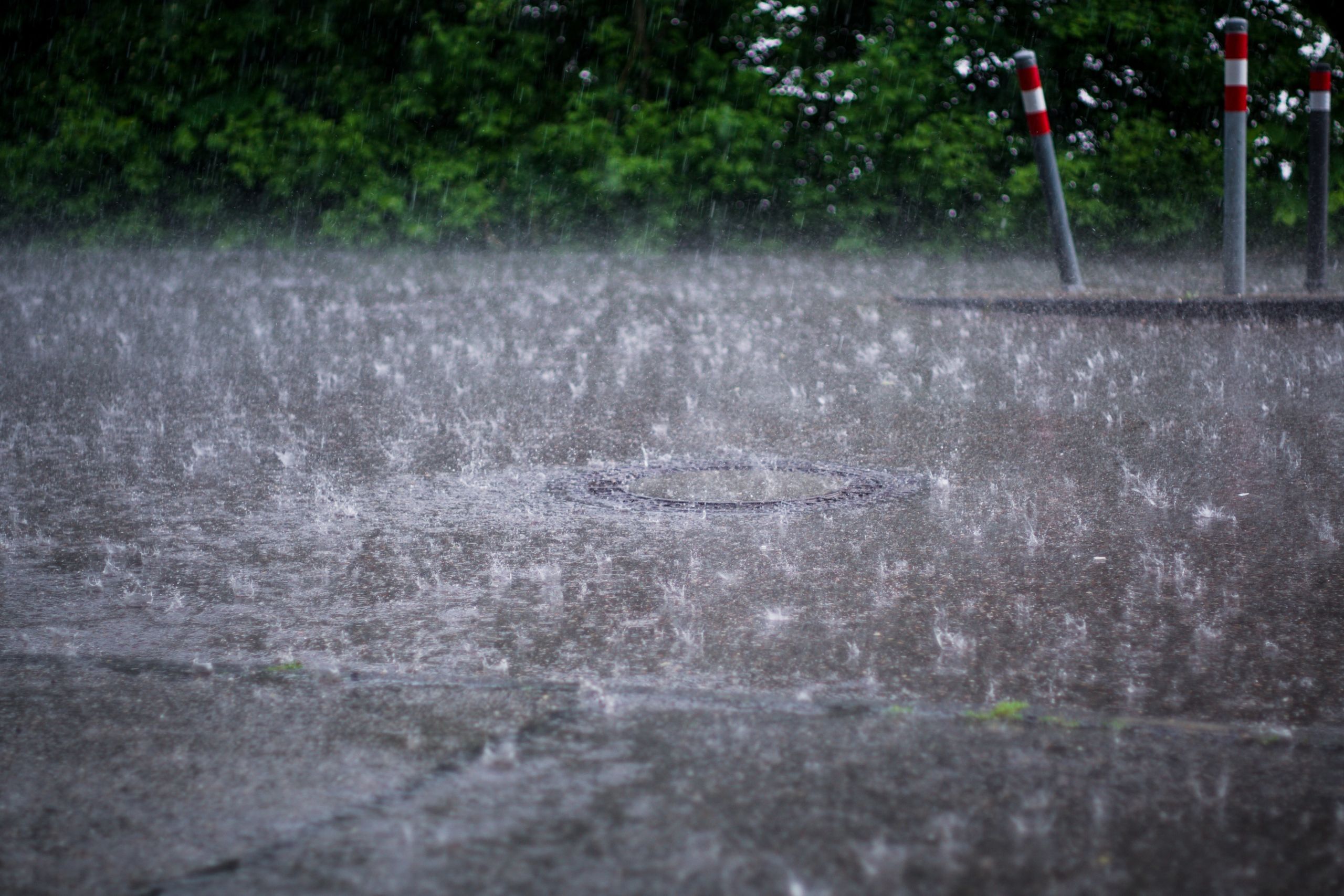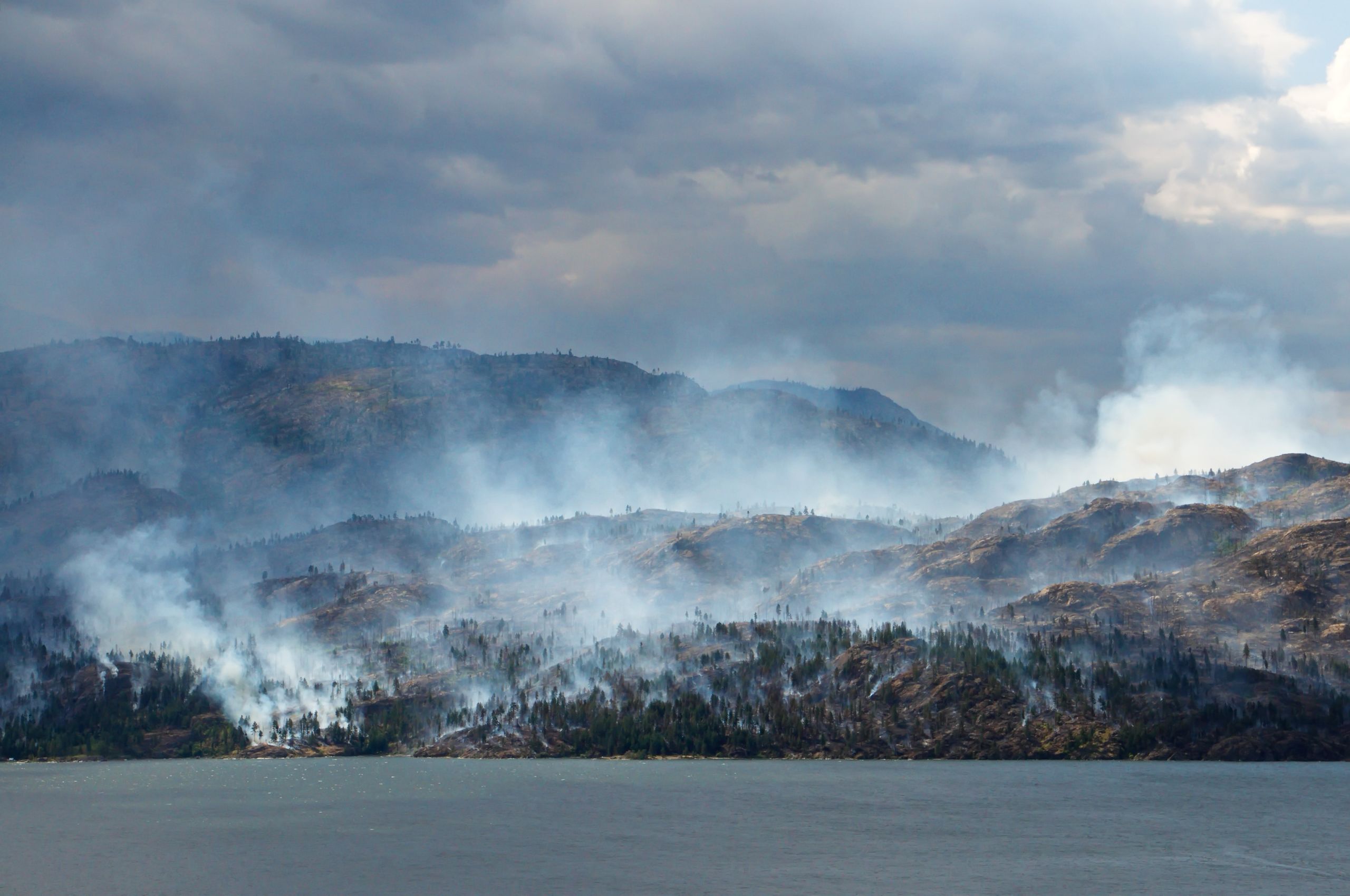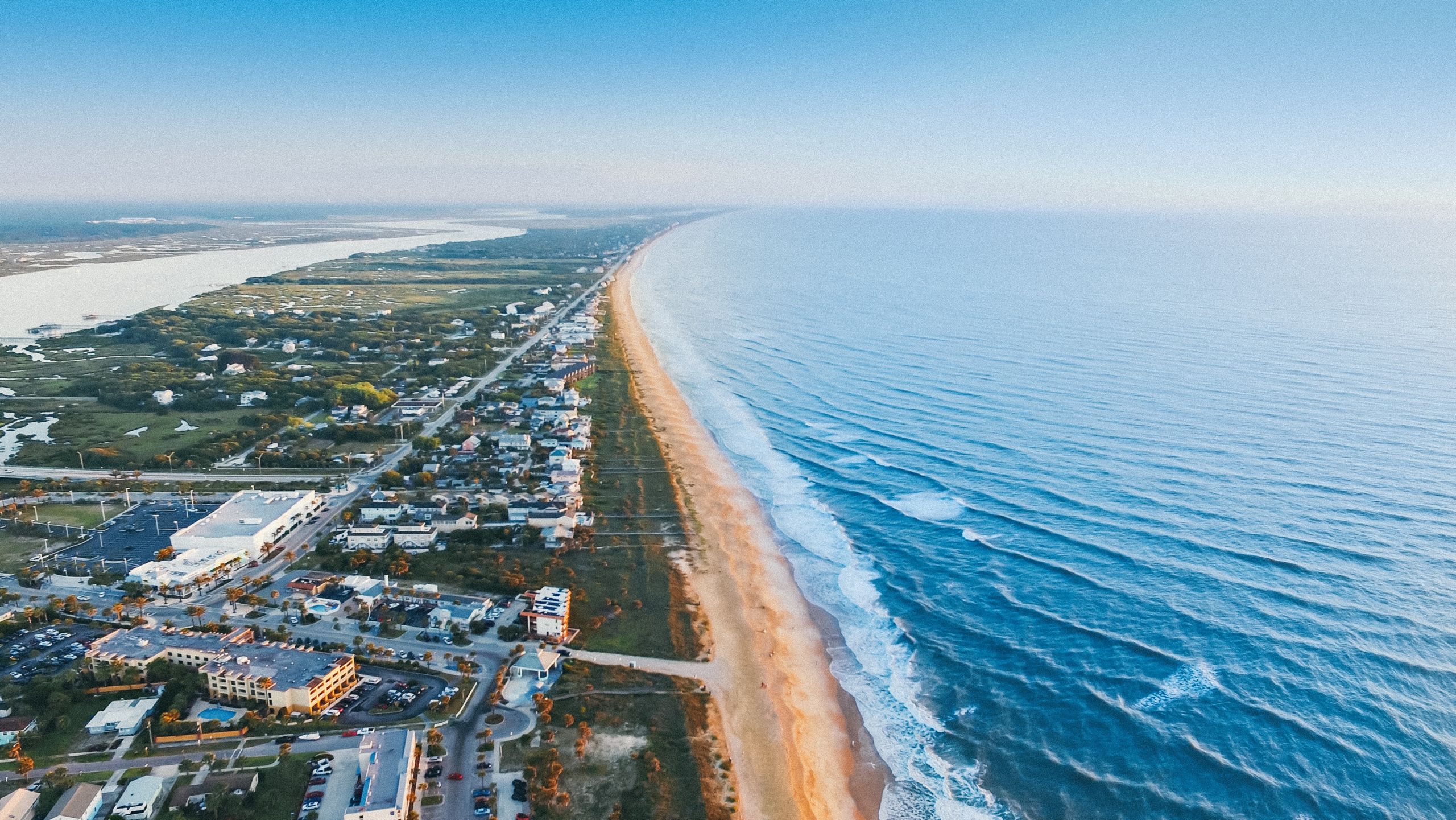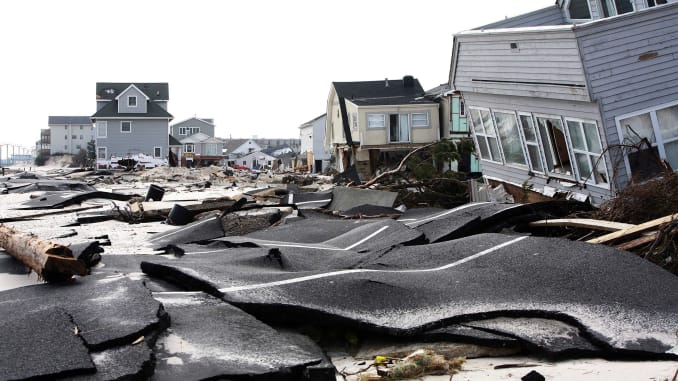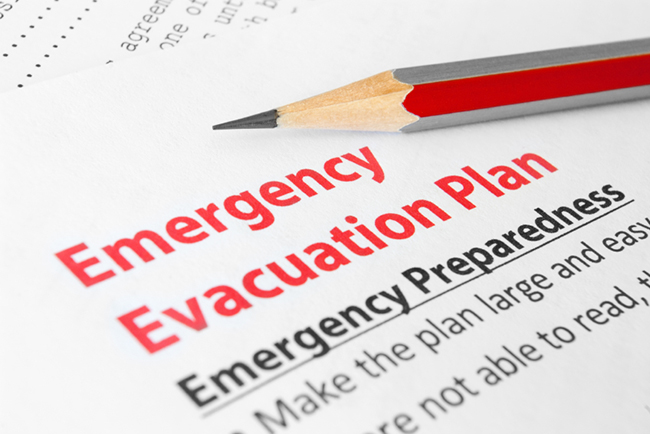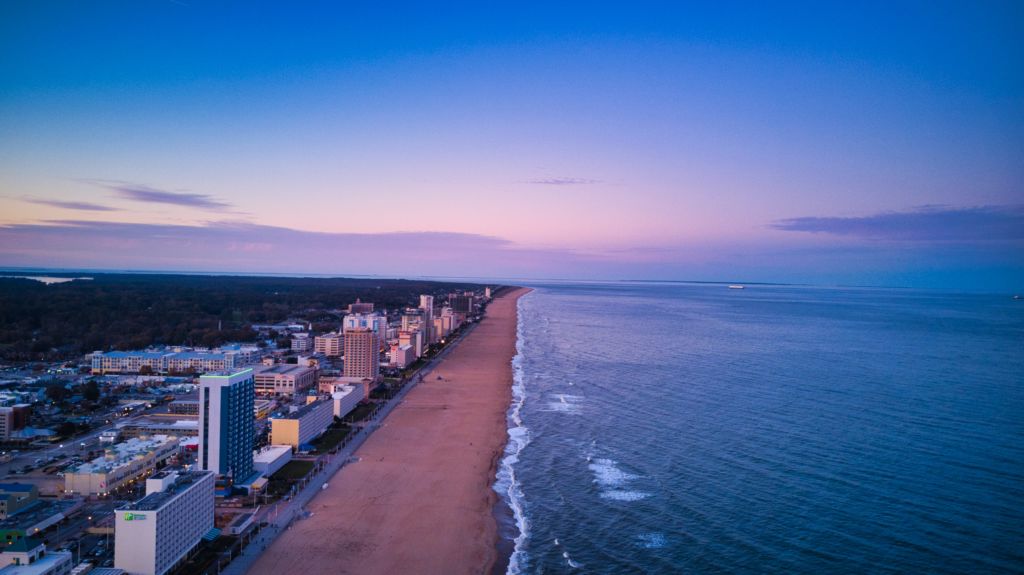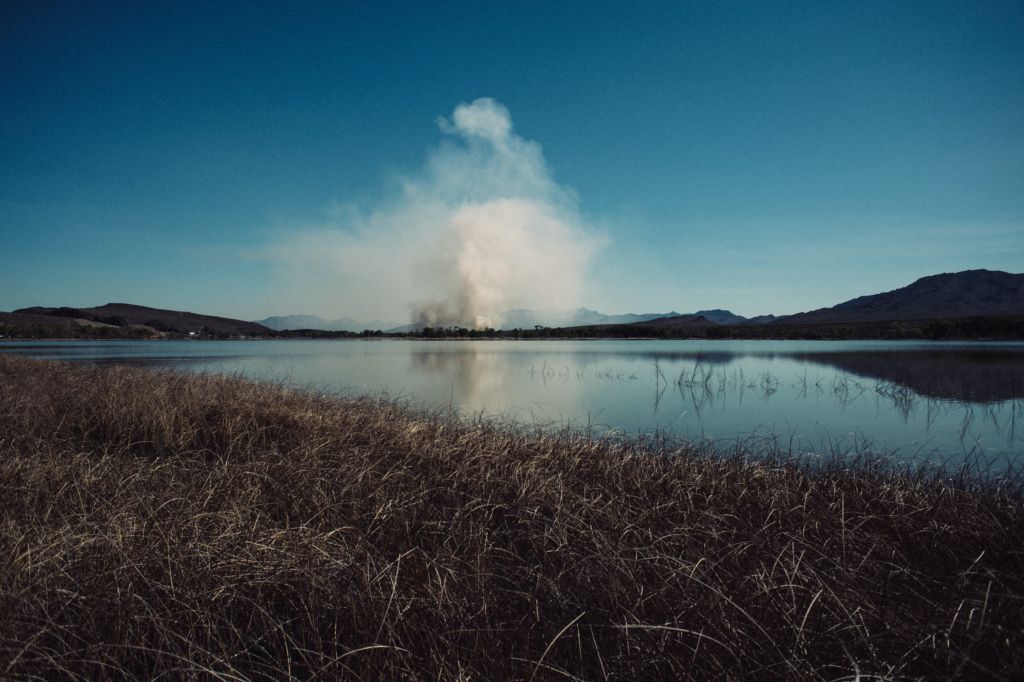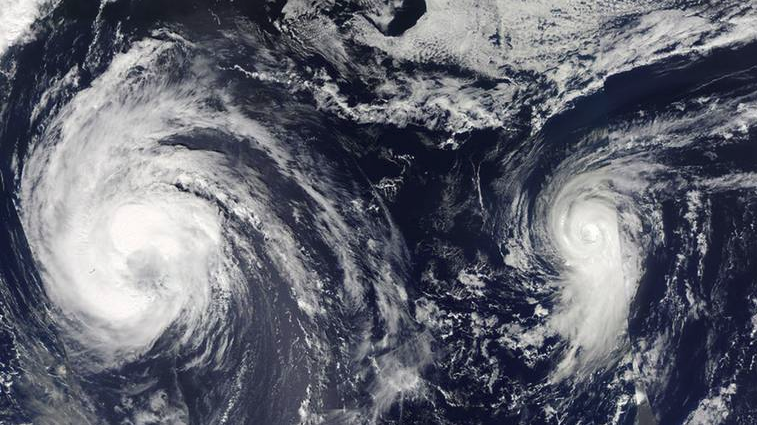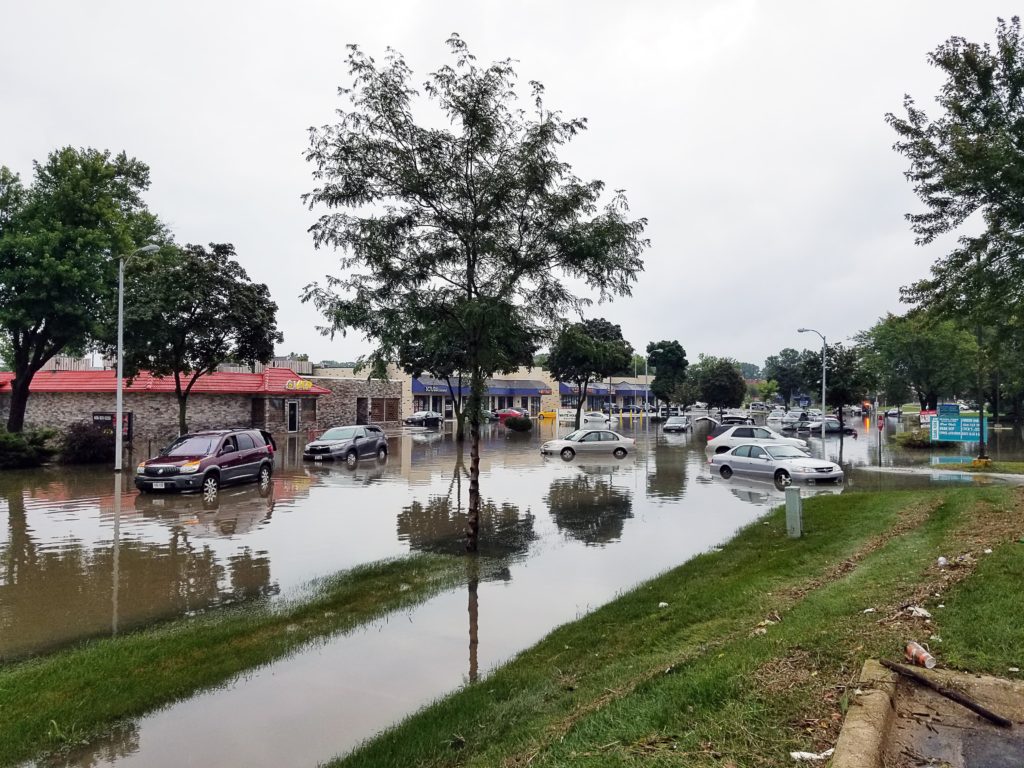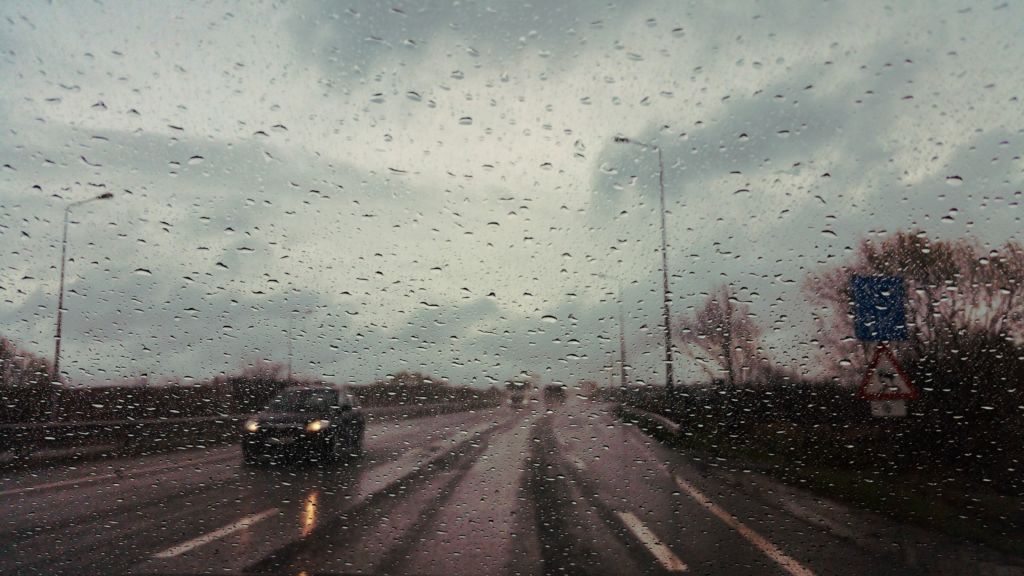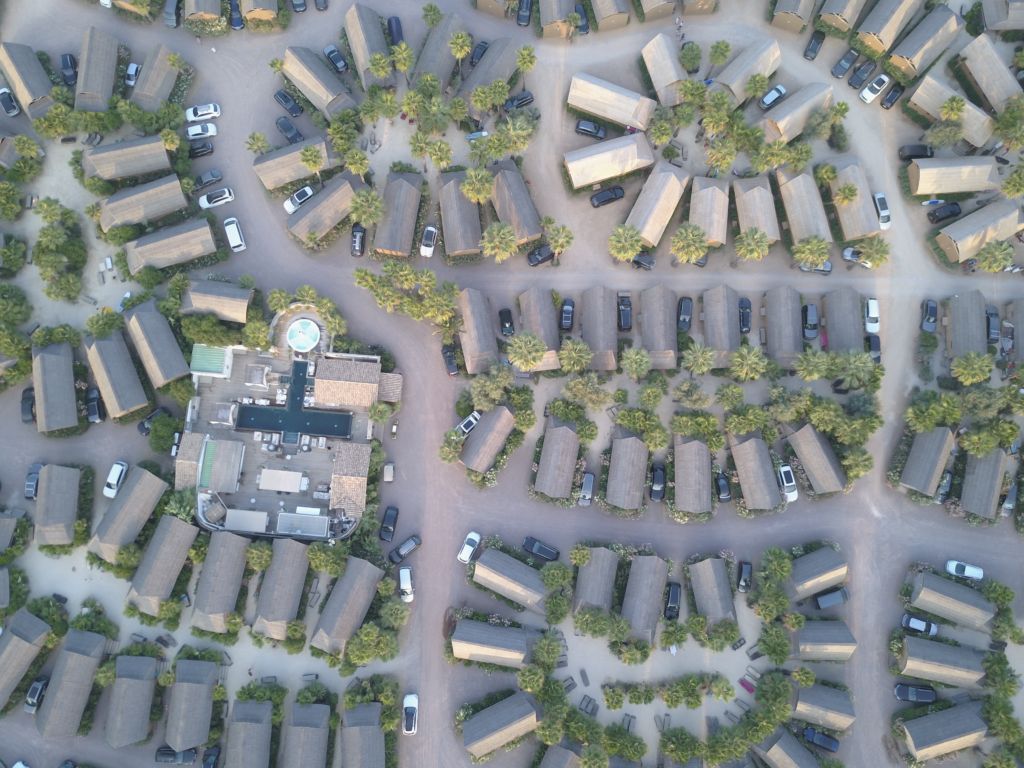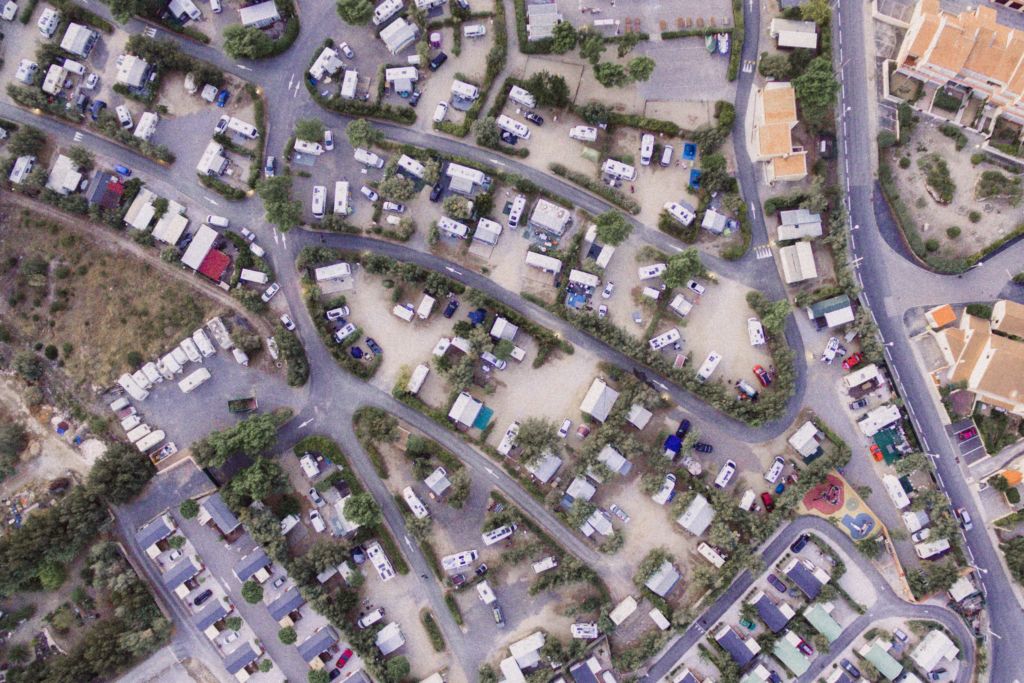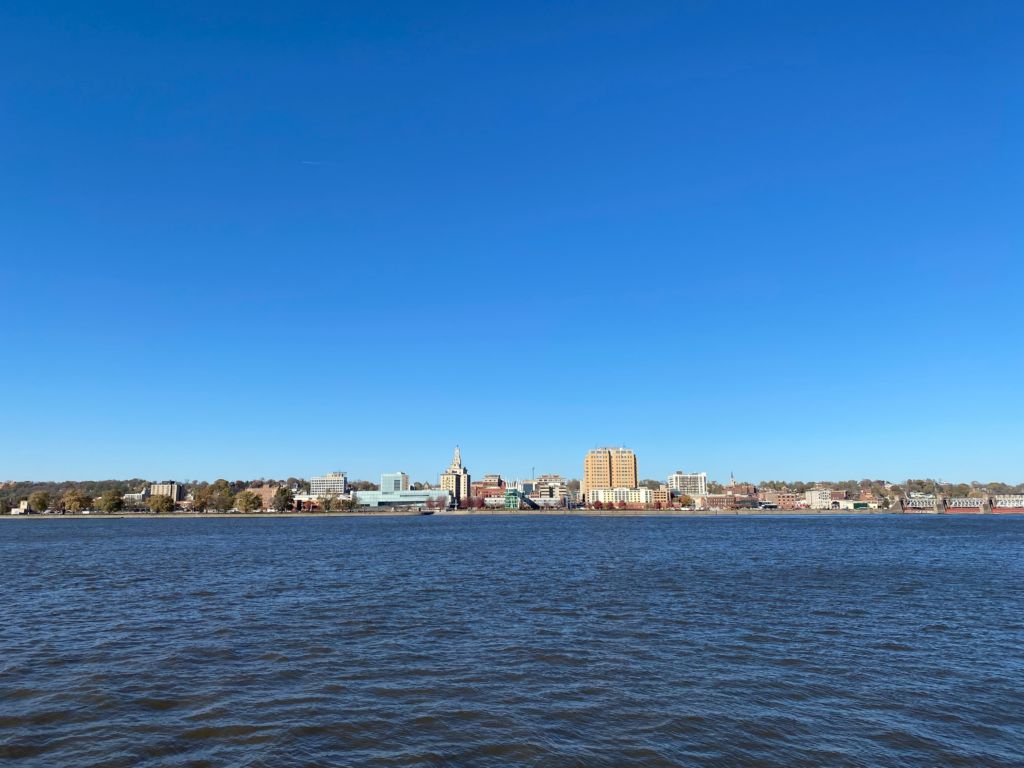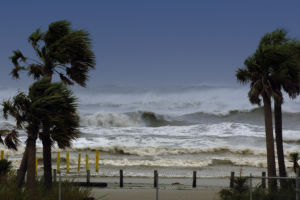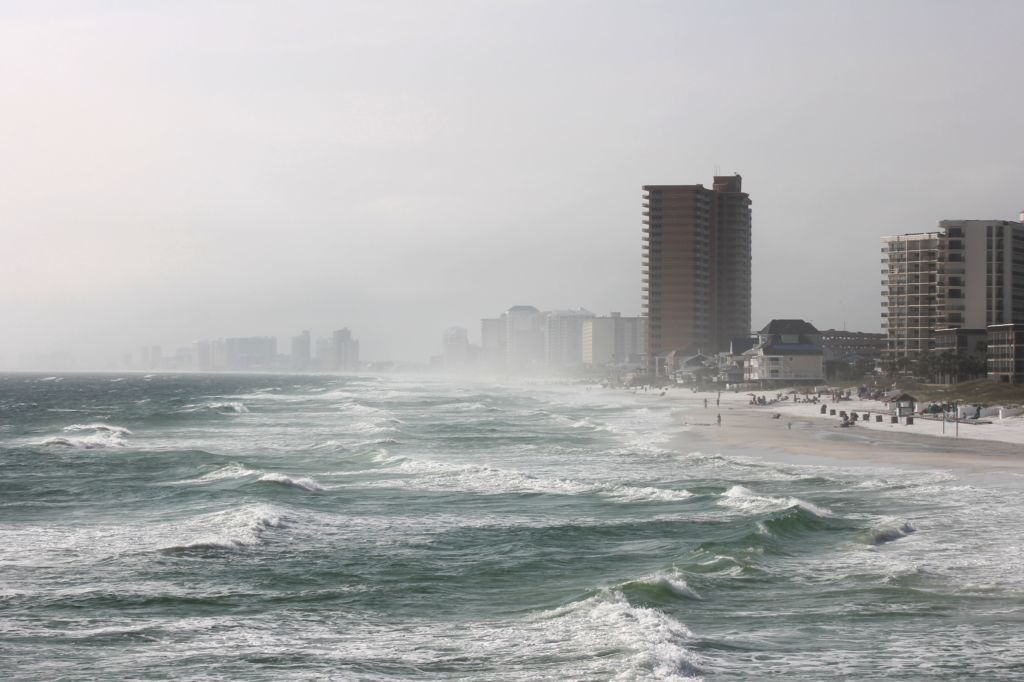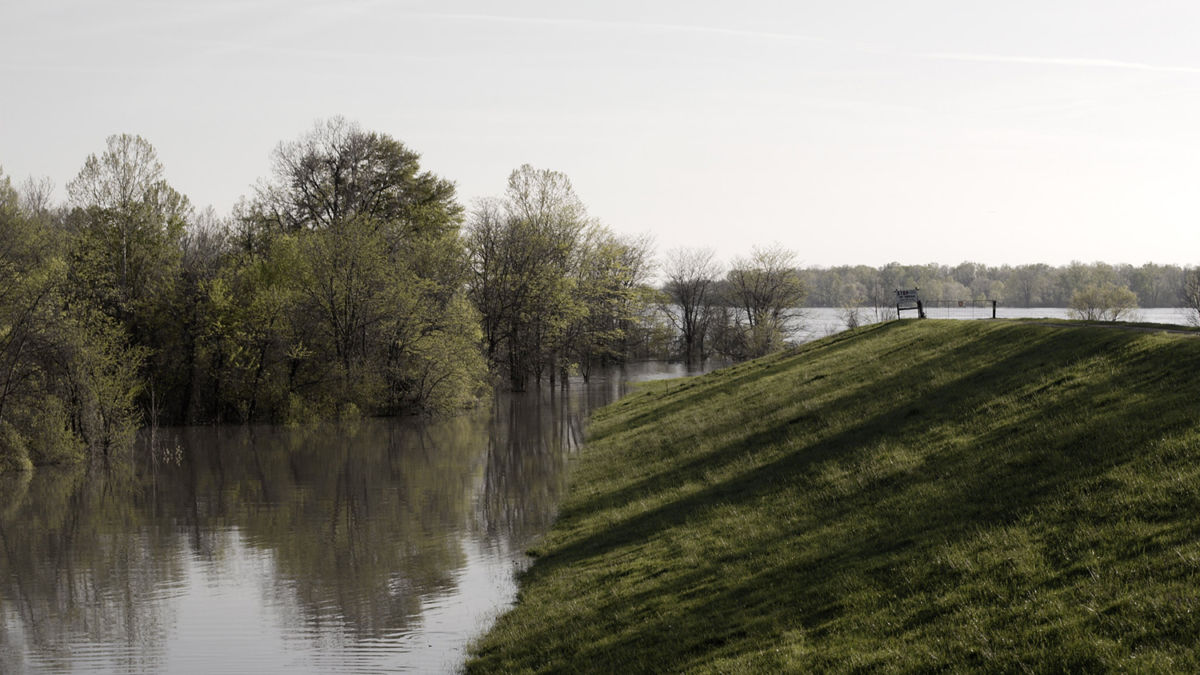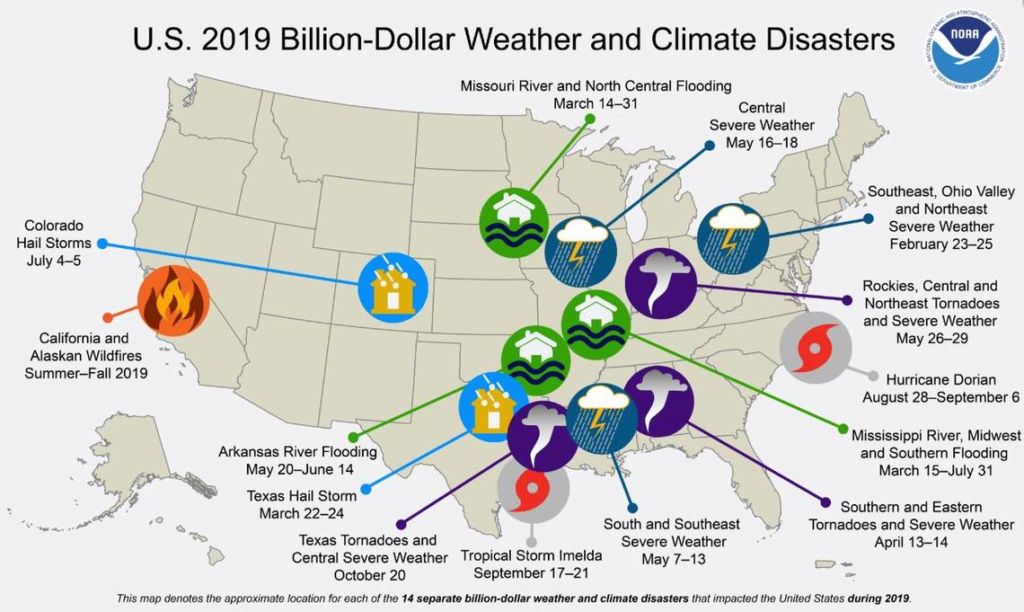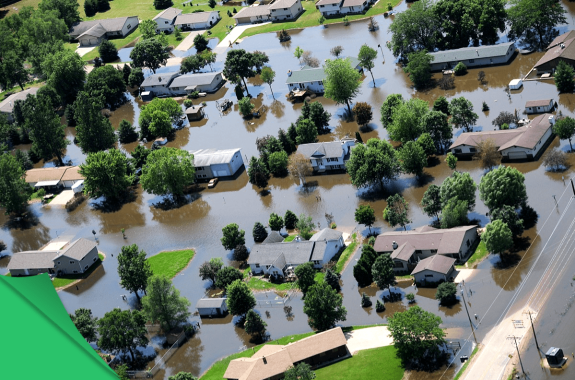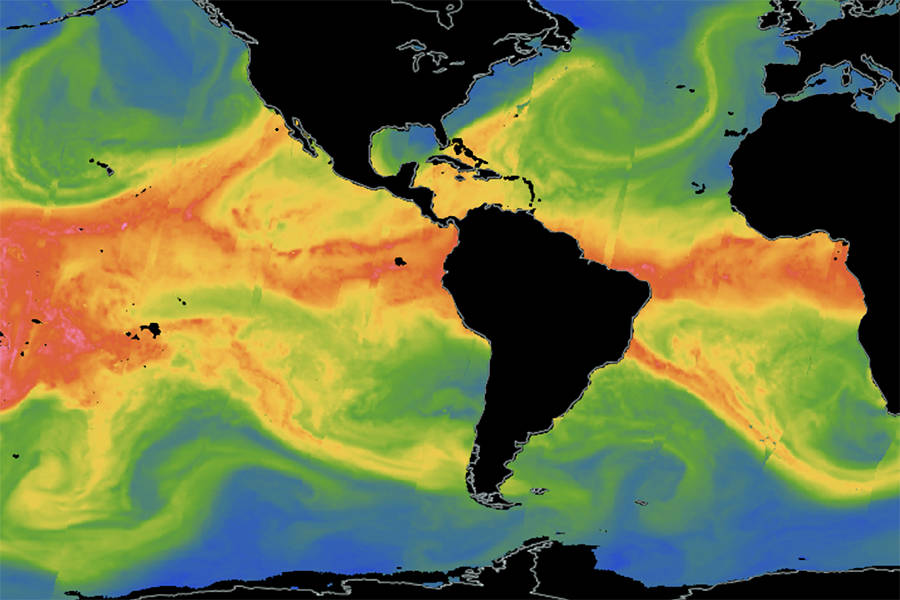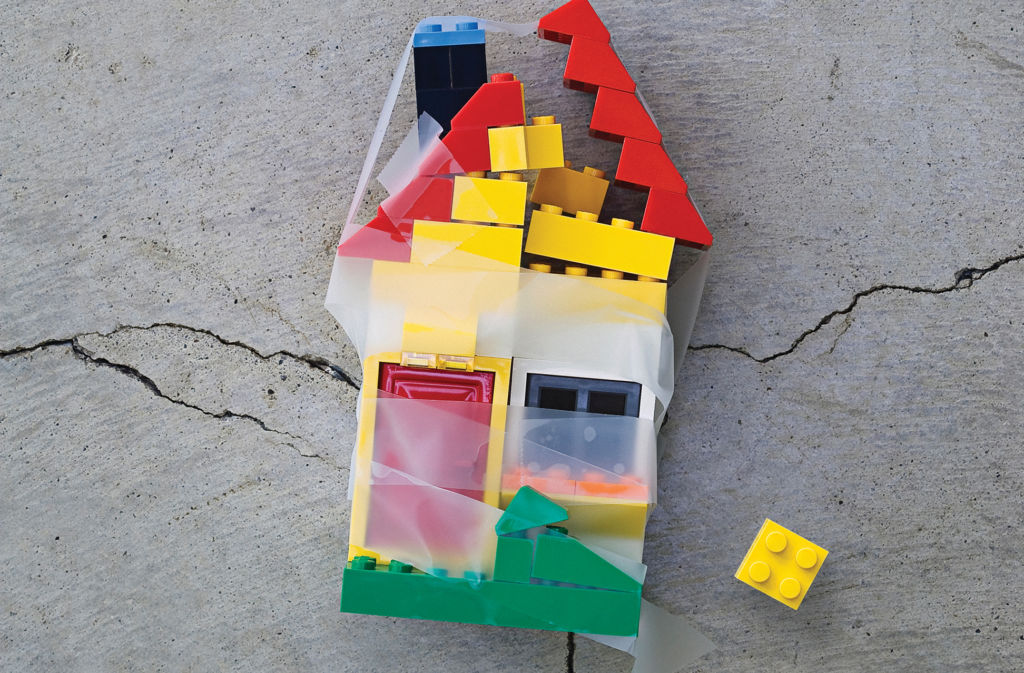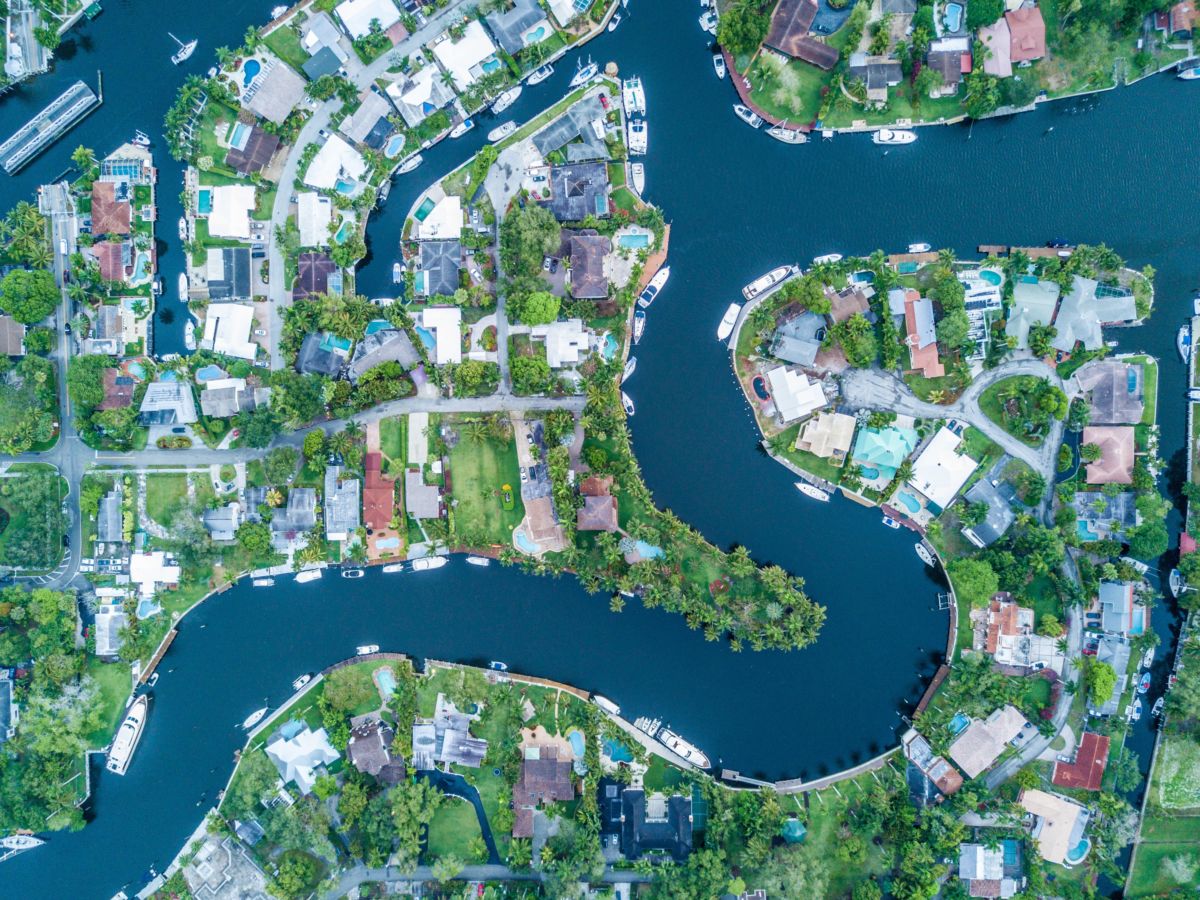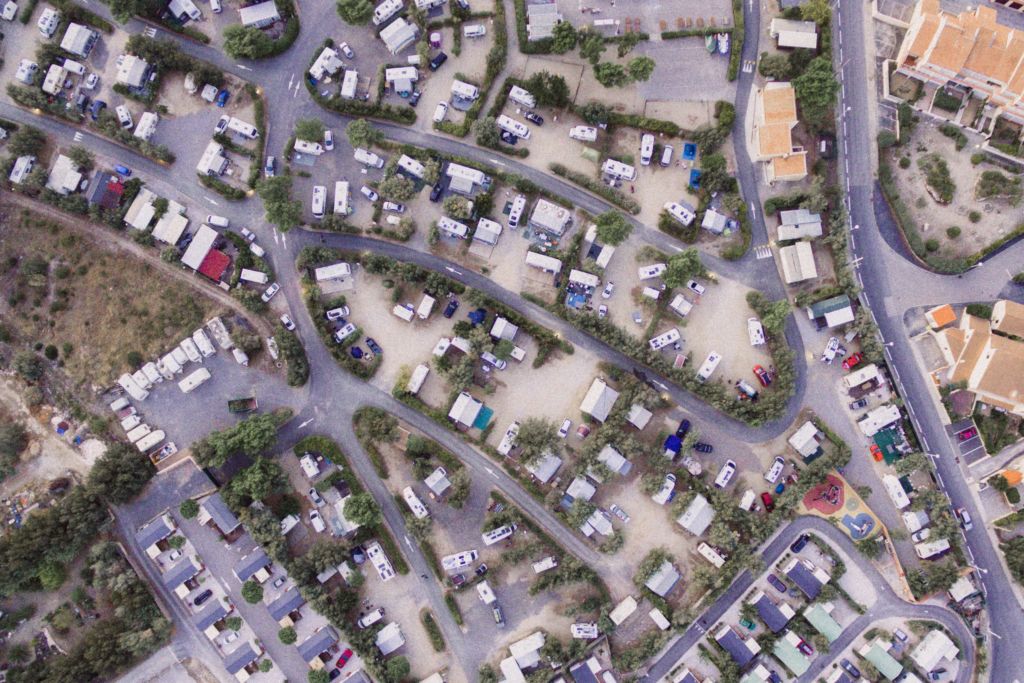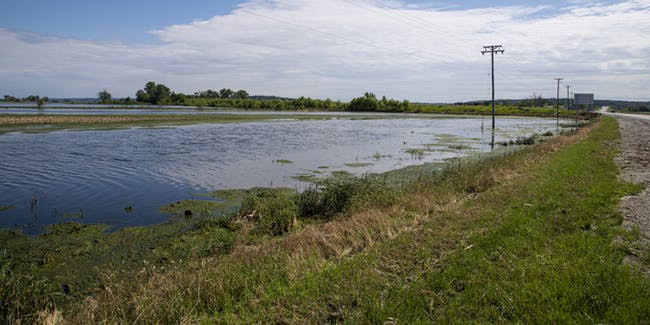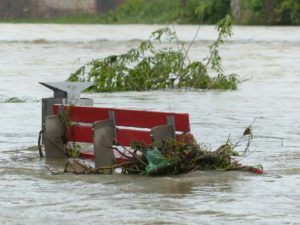The Latest in Flood Insurance and Industry News
NASA said parts of the country could get more flooding this winter if a strong El Niño develops, adding to what has already been a year of destructive extreme weather.
flood insurance industry news
Homes along the Mendenhall River collapsed due to the flooding.
flood insurance industry news
While tech has revolutionized flood insurance, insurers must continue to develop better risk-mitigation and coverage solutions.
flood insurance industry news
Flood Insurance: FEMA’s New Rate-Setting Methodology Improves Actuarial Soundness but Highlights Need for Broader Program Reform
flood insurance industry news
The American Bankers Association urged lawmakers to support legislation to reauthorize the National Flood Insurance Program through the end of next year.
flood insurance industry news
Flood insurance is a type of policy that protects renters, homeowners, and business owners from damage caused by flooding.
flood insurance industry news
As much as 8.12 inches of rain fell at the U.S. Military Academy at West Point, located north of New York City.
flood insurance industry news
High-flood risk can negatively impact property values. But flooding experts often issue the following warning: Anywhere it can rain, it can flood. And that’s everywhere.
flood insurance industry news
A report from CoreLogic shows more than 32 million U.S. residences are at risk of damage from hurricane-force winds.
NOAA is predicting a near-normal hurricane season with the potential for one to four major hurricanes this year.
flood insurance industry news
These may be the top states for NFIP flood policies, but the number of insured properties is still a small percentage of the residential and commercial properties in each of these states.
flood insurance industry news
Charleston S.C. experienced unique conditions that lead to uncommon coastal flooding that typically only happens during hurricanes. Scientists point to global warming and rising sea levels as the cause for troubling trends in flooding both in Charleston and along much of the coast.
flood insurance industry news
Often times when we talk about flooding we talk about the financial impact on property owners and how it can be difficult to recover without proper insurance. A recent report by First Street Foundation and Arup points to how this financial fallout caused by flooding is compounded for businesses facing millions of days of lost operation in 2022.
flood insurance industry news
Early this week a storm system called a Kona low moved over the Hawaiian Islands bringing heavy winds and torrential rain. Kona lows typically form during the winter season and are known for moving slowly. This slow movement has put the island at risk of flash flooding, landslides, and other hazards.
flood insurance industry news
FEMA’s new risk rating methodology, Risk Rating 2.0, leverages industry best practices to create a more equitable system to evaluate a homeowner’s flood risk and premiums. Cyndee Hayden, the incoming vice-chair of insurance for the National Association of REALTORS echoes this sentiment in the Associated Press:
flood insurance industry news
We’ve often warned about the hidden risks of flooding caused by urbanization as gutters, pipes, and tunnels become overwhelmed by heavy rainfall. To help combat this, communities are turning to green infrastructure to mitigate flooding. Here is the EPA’s comprehensive guide to green infrastructure:
flood insurance industry news
In May of last year, north central Michigan experienced extensive flash flooding after two major dam failures. Now the federal government is making a grant of over $54 million to support the local community in their rebuild. This will go a long way towards the community’s recovery.
flood insurance industry news
When major cities are impacted by heavy rainfall or major storm events this usually leads to considerable flooding. The Grist looks as to why cities become overwhelmed by flooding and what they can do to mitigate the effects of urbanization.
flood insurance industry news
On Monday First Street Foundation released a nationwide community-level flood resilience report, “highlighting the flood risk over a 30 year period for every city and county across the conterminous United States.” Continue reading to learn why flooding is putting critical infrastructure, roads, residential properties, and more at risk of becoming inoperable today!
flood insurance industry news
Floods are becoming more common, and that means the potential for disaster is greater. Experts continue to warn about flooding’s impacts on property, health & safety concerns, and financial issues in storm-ravaged areas. Check out these resources to learn what steps to take before, during, or after a flood strikes.
flood insurance industry news
Hurricane Ida has been the strongest storm to hit the United States this hurricane season. While it made landfall near LA and MS some of the worst flooding was seen in the northeast. Russ Schumacher, from Colorado State University, examines why places like NY saw up to 3in of rain an hour during the worst of the flooding.
flood insurance industry news
What is nuisance flooding and why will it become an even greater issue for coastal communities. In this article by Wired, read why research points to the possibility of regular flooding for these communities and what that can mean for infrastructure and homeowners.
flood insurance industry news
FEMA encourages homeowners near areas impacted by wildfires to talk to an agent about flood insurance. The risk of flooding increases after a wildfire and can last for many years. Read more about the impact fires can have on flooding:
flood insurance industry news
If you though storms and flood events were worsening, you might be right. Researchers from Louisiana State University and Southern Illinois University studied why it appears storms seem to be getting worse and how this is affecting towns and cities.
flood insurance industry news
The early formation of Hurricane Elsa on July 2nd marks another active hurricane season and led researchers at Colorado State University to update their 2021 predictions. Are we going to continue to see hurricanes form sooner in the coming season?
flood insurance industry news
Finding the right flood coverage means weighing the options available to you. Here’s a helpful guide from Nerdwallet comparing private flood insurance and FEMA’s National Flood Insurance Program.
flood insurance industry news
Why is the East Coast more prone to hurricanes? Read how two important weather factors protect the west coast and diminish the strength of any tropical storms on the West Coast.
flood insurance industry news
New research by NASA warns that flooding could get worse in the next decade and it might be because of the moon’s “wobble.” Read why the moon and climate change could mean a decade of severe coastal flooding.
flood insurance industry news
In March, scientists from Arizona State University noticed it’s not just climate change causing increasing flooding but urbanization is having a large effect as well. This was made apparent when flooding across the Midwest inundated homes and streets this June. Read about how city planners are changing the way cities are built.
flood insurance industry news
Research by the journal Nature Communications looked at the increased cost of climate change and how more homeowners continue to be susceptible to the dangers of flooding. Read how storms like Hurricane Sandy caused an additional $8 billion in damages in this article.
flood insurance industry news
What should you do when the forecast calls for heavy rain, possible flooding, or even a hurricane? Does your family have a plan and what happens if you are affected? Fortunately, there are resources for you to help answer these questions! You can find tips on how to prepare here and more on our website.
flood insurance industry news
On October 1st FEMA will be updating the NFIP with Risk Rating 2.0. This is designed to better understand and reflect a property’s flood risk using advanced tools and capabilities. Continue reading why FEMA is introducing Risk Rating 2.0 and what will change.
flood insurance industry news
The NOAA has come out with its hurricane predictions and they are anticipating another active season. Forecasters indicate we can expect 13-20 named storms and 6-10 hurricanes this year. You can read more about the NOAA’s 2021 hurricane predictions here:
flood insurance industry news
Meteorologist, Kaylee Wendt, gives great advice on how to be proactive when it comes to flooding and how to avoid danger. Much of her advice is universal as flooding can happen anywhere and to anyone. Make sure you and your family have a plan in case of disaster.
flood insurance industry news
We know that flooding is getting worse but how bad is it getting? E&E News points to some alarming data from past years on how widespread flooding has become. Last year was the sixth consecutive year that over $1 billion was paid out in claims. The impact of flooding is rising, and you can learn more here.
flood insurance industry news
Flooding is the leading natural disaster costing billions annually and future estimated costs peaking over $30 billion. Sundae took a look at the top ten cities with the most properties at risk based on First Street Foundation’s First National Flood Risk Assessment.
flood insurance industry news
When it comes to flooding a lot of attention is on hurricanes and coastal communities, but a largely hidden risk is snowmelt and it’s happening sooner. Earlier spring snowmelt could have far-reaching effects including added risk to homeowners. Continue reading to find out more
flood insurance industry news
On April 8th Colorado State University released their prediction for this year’s hurricane season. Much like last year’s CSU is predicting an above-average season with 17 named storms and 4 major hurricanes. These predictions point to a worrying trend.
flood insurance industry news
NOAA data shows rising concerns for coastal communities as climate change continues to have damaging effects on coastal flooding. Certain areas could potentially experience year-round flooding in the future if nothing is done. Read to learn more about the data and ongoing mitigation efforts.
flood insurance industry news
Last week Tennessee saw some of its worst flooding since 2010. The devastation was only made worse by the misconception that homeowners were protected without flood insurance. The @Tennessean examines the impact of lacking coverage.
flood insurance industry news
Grand Rapids, Michigan has found innovative means to address the problem of flooding in urban communities. Read how they are not only planning for today but also what future flooding might mean for their community.
flood insurance industry news
Earlier this month the Associated Press reported on the heavy rainfall and ensuing flooding Hawaii experienced. Scientists suspect climate change is the culprit and that these flooding events won’t be isolated to one state. Read how the island state is attempting to adapt to a far more common occurrence.
flood insurance industry news
In Reuter’s article, they highlight the growing concern of flood damage to homeowners and its rising threat. As our industry evolves to better provide solutions to flood risks, it’s important that homeowners understand their exposure, especially without flood insurance.
flood insurance industry news
Homeowners across the U.S. face substantial financial risk without flood insurance. This is especially true for states like Florida and North Carolina where the risk of flooding is much higher and homes that require insurance are ignoring it. Continue reading to see how disaster striking these homes could have far-reaching effects.
flood insurance industry news
Many have been affected by the recent deadly storm system that has blanketed much of the U.S. with Texas experiencing unprecedented hazardous conditions. One of the many hidden threats of these winter storms is the real risk of severe flooding that can compound the dangers homeowners face.
flood insurance industry news
As sea levels rise and coastal flooding becomes more frequent the devastation is not always felt equally. Research done by the Environmental Research Letters found that coastal flooding threatens affordable housing. This is especially difficult for an often-vulnerable community.
flood insurance industry news
The National Centers for Environmental Information released their billion-dollar disaster report for 2020 and proved what many of us already know. Natural disasters are getting worse and more frequent with a record setting 22 separate billion-dollar disasters, 13 of which were caused by severe storms.
flood insurance industry news
According to a study, done by Stanford researchers, increased precipitation has caused almost $75 billion in financial losses contributed to flooding. The study points out that this will likely continue to get worse. You can find out more about the dangers of flooding here.
flood insurance industry news
The 2020 Hurricane Season was one of the most active hurricane seasons on record and broke nearly every record held before. “The season ended with 30 named storms, 13 hurricanes, and six major hurricanes” reports The Weather Channel. Continue reading to find out why this year was so unique for hurricanes.
flood insurance industry news
Can we expect flooding on a grander scale in the future? As the effects of climate change become more apparent the answer seems to be a resounding yes! One such article, by Tom Philpott, points to a growing concern that the next major flooding event could happen in California.
flood insurance industry news
When house hunting many consider the location and size of the home in their decision. However, it’s becoming increasingly important to consider a home’s flood risk. Across the nation, homeowners are experiencing flood damage at an alarming rate. Before purchasing a home, consider these 6 flood-focused questions.
A study conducted by the University of California warns that rivers are an increasing threat of flooding due to rising sea levels. Researchers found that this is especially worrying for inland homeowners and can affect historically calm rivers. Contact your policyholders today to warn of this growing threat.
flood insurance industry news
Recent research conducted by Penn’s Wharton School, examines the connection between falling home prices in Florida and rising sea levels. The growing risk of chronic flooding for some coastal homes is having a financial impact on homeowners outside of flood damage.
On Tuesday, June 2nd, we saw the formation of Tropical Storm Cristobal in the southwestern Gulf of Mexico. This marks the third storm formation this hurricane season. According to The Weather Channel, we could see it reach the “Gulf Coast of the United States late this weekend.” Currently, it is still too early to tell the severity of the storms once it reaches our coast (if it does), but it is important for those in potentially affected areas to begin preparing. We will continue to monitor the storm and provide updates.
Weeks ahead of schedule, the hurricane season’s first tropical system could develop near Florida and the Bahamas this weekend, forecasters said Tuesday. As of midday Tuesday, the National Hurricane Center said there was a 50% chance of development within the next five days. “An area of low pressure is expected to develop this weekend a couple hundred miles northeast of the Bahamas,” the hurricane center said.
Atmospheric rivers are narrow ribbons of concentrated moisture that originate in the Pacific and can flow thousands of miles before dropping rain and snow on land. Scientists are ramping up their research into the systems this winter fearful that warmer temperatures tied to climate change will boost the moisture they carry, supercharging them moving forward.
flood insurance industry news
Recent research finds that repeated flooding events have a cumulative effect on the structural integrity of earthen levees, suggesting that the increase in extreme weather events associated with climate change could pose significant challenges for the nation’s aging levee system.
The United States had 14 major weather disasters last year, with a toll of at least 44 dead and a price tag of $45 billion, according to federal officials.
According to the United States Geological Survey, “more than 75% of declared Federal disasters are related to floods, and annual flood losses average almost $8 billion with over 90 fatalities per year.” Flooding poses serious risk, and as the climate changes, the number of homes in the United States facing a risk of flooding is increasing.
Just 10 intense atmospheric rivers caused nearly half the West’s flood damage over 40 years, new research shows. They’re a hint of what’s ahead with global warming.
10/2019
If it rains, it can flood. That stark reality has been driven home in the last few years as hurricane-related rainfalls smashed records and inundated communities from Houston to New York City. Homes and businesses from coast to coast suffered extensive inland flooding, and swollen rivers breached levees and left farmlands and communities across the Midwest immersed in huge amounts of standing water.
11/06/2019
Even in risky areas, some homeowners still skip flood coverage. Flooding, is the most common cause of disaster-related damages in the United States. The vast majority of standard home insurance policies do not cover flooding. To ensure coverage, most homeowners must purchase a separate policy backed by the federal government under the National Flood Insurance Program. Managed by FEMA, Congress created the program in 1968 to offer primary flood insurance to properties with significant flood risk as many private insurers stopped offering coverage. It was designed to reduce escalating costs associated with helping flood survivors recover losses.
10/13/2019
The data, known as Atlas 14, revealed that parts of Austin are seeing as much as three inches more rain in major storm events than the NOAA had calculated with old rainfall data back in 1961.
9/26/2019
Congress has approved another stopgap funding measure that will keep the federal government running at least through November 21.
9/24/2019
Scientists raise new concerns over an anticipated rise in flooding events across the US, including landlocked areas.
09/13/2019
At a recent hearing hosted by the Financial Services Subcommittee on National Security, International Development and Monetary Policy, environmental experts discussed the risks to the National Flood Insurance Program (NFIP) posed by climate change, saying the situation is likely to worsen in the coming years.

